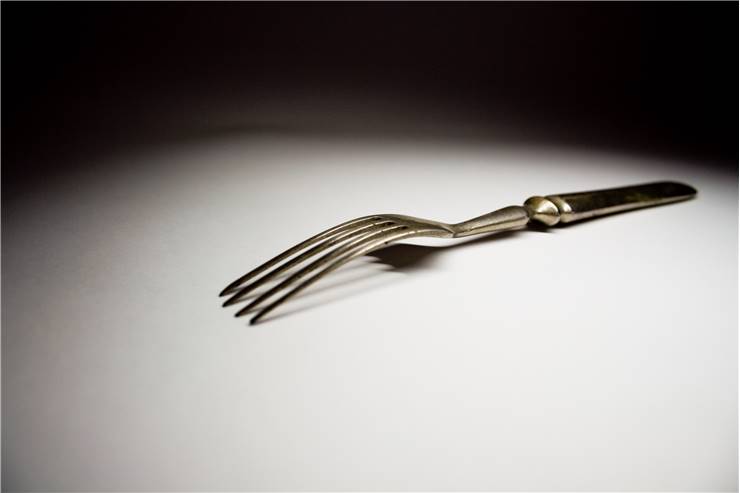The History of the Fork
Among many eating utensils, fork had one of the most interesting paths throughout our history. As the advancements in the fields of technology, tool making, food preparation and cooking paved the way for very early appearance of knife and spoon early in our history, fork remained relatively unknown for thousands of years. Only with the arrival of medieval Europe, rising metalworking industry and new sophisticated tastes of renaissance movement did fork manage to find its worldwide popularity and place on our tables.
The need for efficient preparing and serving of food paved the way for fork to appear in the cooking chambers of many ancient civilizations. Some of the earliest known uses of forks come from the archeological findings in Ancient Egypt, China and Greece. In those times, forks carved from wood or animal bones were often created to be large and useful as a professional cooking utensils and serving tools. With the arrival of Roman Empire and its metallurgy industry, forks became to be produced from bronze and silver. Its usage as a tool for preparing and serving food continued to be practiced in eastern parts of Roman Empire, which later become Byzantine Empire.

Since 4th century BC, fork managed to became common on the tables of Byzantine high class and by 9th century it traveled to Persia where it started being used in elite circles under the name "barjyn". This kind of expansion slowly enabled the fork to became commonplace in the Eastern Europe and Middle East, finally becoming integral part of eating utensils by 10th century. The modern work for fork comes from the Latin work "furca" which means "pitchfork".
While Eastern Europe and Middle East enjoyed the comfort and usability of forks for majority of so called Middle Ages, the rest of central and western Europe still used hands as a primary means of eating. With abundance of metal in circulation, higher circles of population held tradition for every male person to carry one or two small pointy knives that were used to cut meat and as a simple "spear" for piercing the food and carrying it from plate to mouth. This tradition however was only practiced by wealthy males (which were obliged to cut the food for nearby women at the table), and the majority of poorer population continued to eat without the help of knives or forks (by then, wooden or metal spoons were commonplace).
Arrival of fork in central Europe is contributed to two Byzantine princesses who were married to European aristocrats, and have brought the wonders of the East to the pre-Renaissance Europe (Empress Theophanu who married Saxton Emperor Otto II in 972 and Dogaressa Teodora Anna Dukaina Selvo who married Venecian nobleman Domenico Selvo in 1075). Sadly, the influence of those two women was not enough to ensure the popularity of fork, and for the next 300 years Europe continued to mostly ignore it. Several royal courts across the Europe held a small contingent of extravagantly designed forks for special purposes and exotic meals, but the moment that provided initial spark of fork's popularity in central Europe happened with the marriage of French King Henry II and Italian noble woman Catherine de' Medici. With her entourage, she brought to the French court the tradition of Italian noblewoman of eating with forks, which soon became very popular in entire France. Sadly majority of Europe embraced the fork only by 18th and United States only after the end of American Revolution and early 19th century.

During its life, fork received many versions in its look and usability. In its early use, fork had only two tines and its design obscured the user's view of the plate. As the centuries went on, its design slowly started resembling modern look. Fork that we know today, with is 4 tins and curved design that is suitable for both piercing and scooping food was introduced in 18th century Germany. By early 20th century, the invention of stainless steel enabled the easy manufacture of kitchenware which since then received little designed changes.
Modern times and invention of plastic enabled the inventors to start experimenting with hybrid models of eating utensils, and fork can be present in several of them - Spork (spoon and fork), Knork (knife and fork) and Sporf (knife, spoon and fork).

